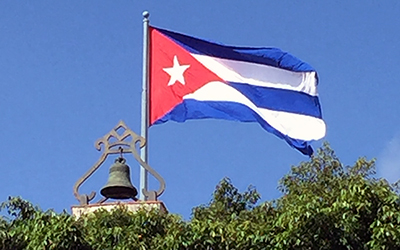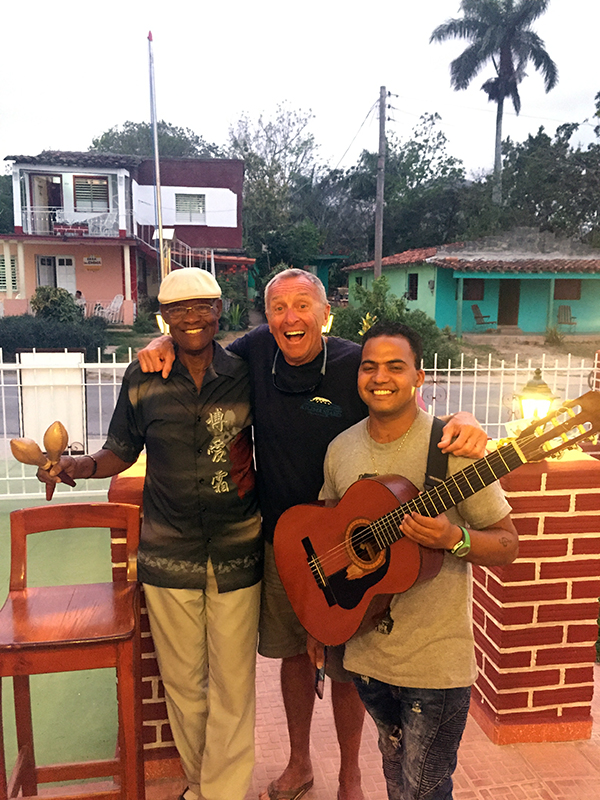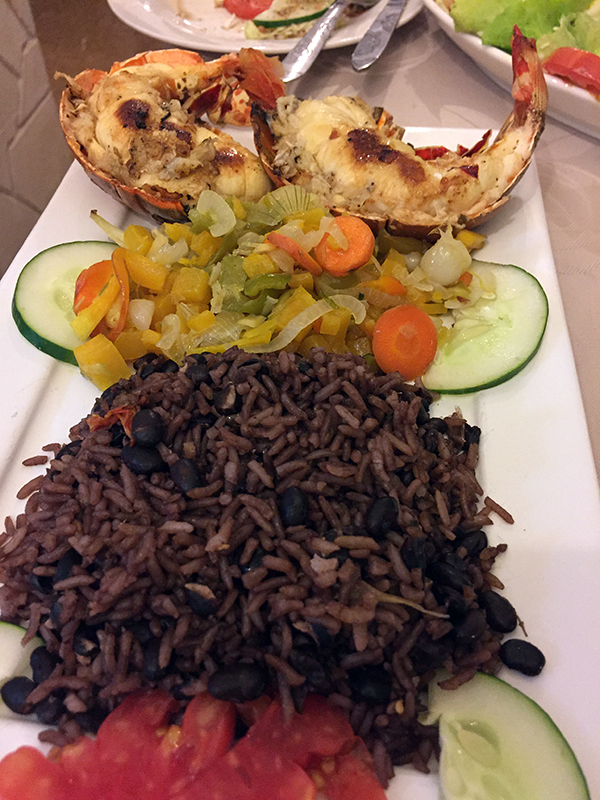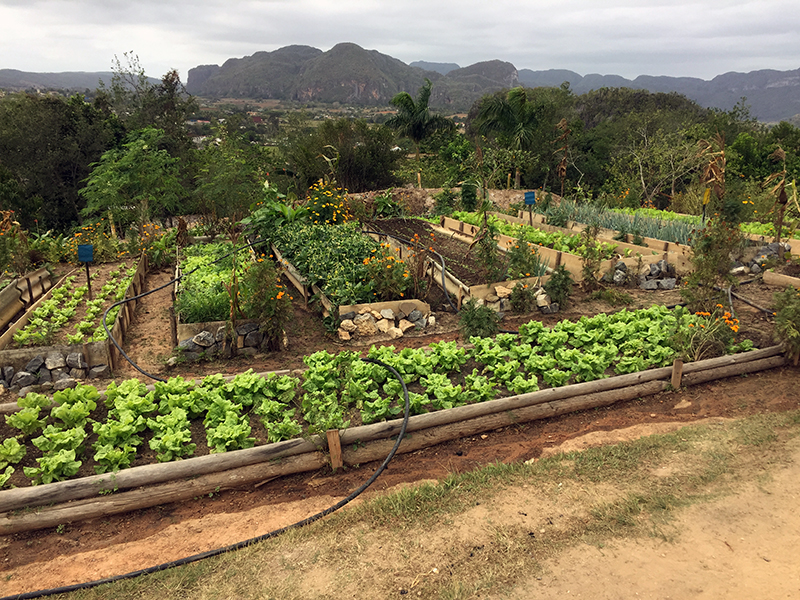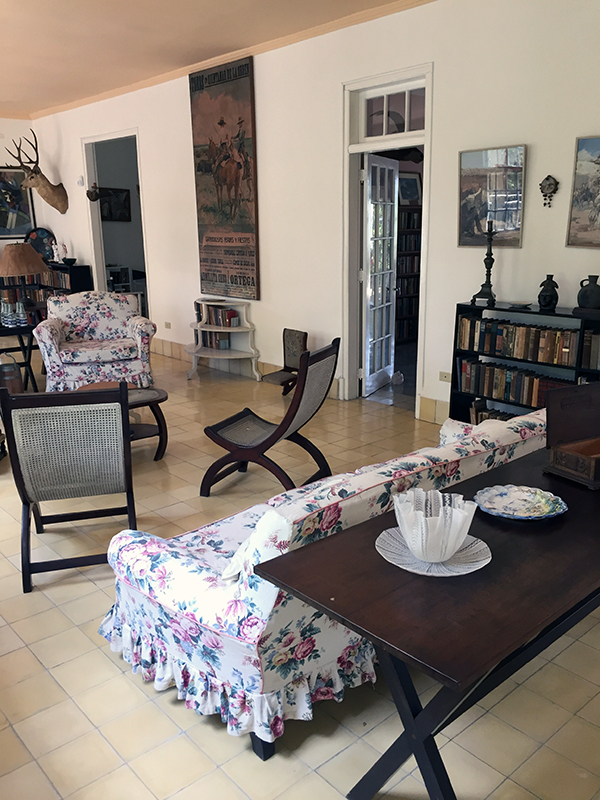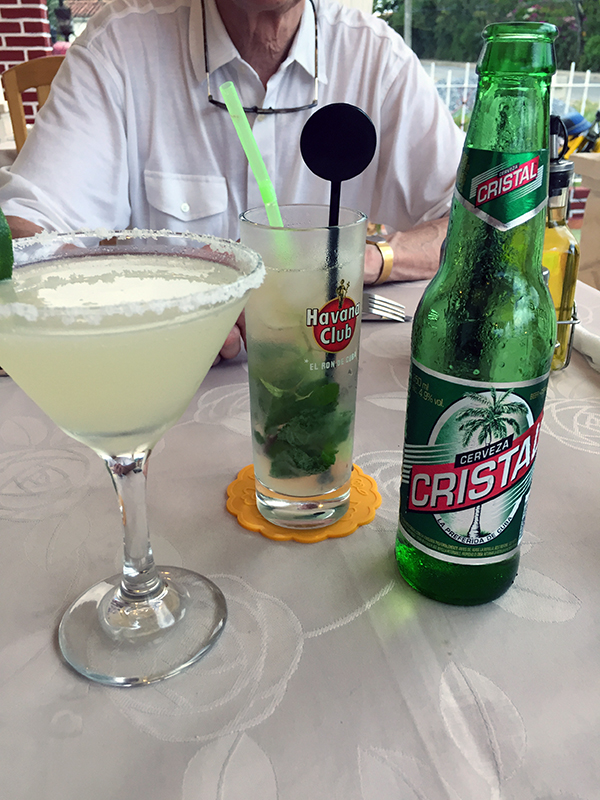For almost sixty years, Americans have been prohibited from visiting Cuba, our Caribbean neighbor ninety miles south of Florida. Communist run under the leadership of Fidel Castro, Americans have wondered what the country is all about, what it has to offer. Formerly the playground of movie stars, and with a heavy Mafia influence, all we knew was that, if we could ever go, we would see, so we thought, nothing but beautiful old Spanish colonial buildings and a plethora of classic American cars – vintage ’57 Chevys, ’58 Buicks, and ’59 Chryslers. All beautifully maintained and in showroom condition.
Well, I don’t want to burst your bubble, but a visit to Cuba is like watching an old 1950’s black and white movie. For the younger generation, it’s like watching Back to the Future. It is a land stuck in a time warp. But that doesn’t mean it isn’t worth seeing. Cuba, which means “the fertile land,” is a beautiful place with beautiful, friendly people. The governments of our two respective countries may not get along so well, but you will find the Cuban people to be a happy, friendly, outgoing bunch who want to share their country with visitors.
It is a country where about 80% of the companies are owned and operated by the state. Most people only make about $20 a month. Customer service is almost non existent because, as a Cuban will tell you, “if the state is going to pretend to pay us, we are going to pretend to work.” They are required to carry a state issued identification card at all times that must be shown to police or anybody else in the position of authority. They receive a ration card every month that entitles them to a subsistence level of rice and potatoes, but that doesn’t mean that they aren’t proud of their country. If you visit, you will find that they love their music and can’t wait to teach you to dance the salsa, that they produce beers from state run breweries that are fabulous, and can give you rum drinks that will make you happy (they call rum “vitamin R”).
Upon arrival, and before you arrive at your hotel, you will be told to lower your expectations. Any hotel, regardless of its rating, may be woefully deficient in toilet paper, air conditioning, hot water, or other amenities that Americans have certainly become accustomed to, and to expect. In spite of being surrounded by water, you will see parks that not well maintained, very few fountains that work, and the classic cars? Maybe held together with spare parts or substituted engines. Great for pictures and a short ride to a restaurant in Old Havana, but not much farther.
Locals in Vinales provided the entertainment nightly
Grilled lobster with traditional black beans and rice
You will be told not to eat the beef. Cows in Cuba are to produce milk. Beef, when available and served, will be the oldest cows, the non producers. But not to worry, the beef will be shredded and marinated so that it becomes a pleasant and savory dish, and not an old, tough steak. The seafood, white bass, shrimp, lobster, were all fabulous, and pork is abundant. Many meals featured chicken. Almost every meal comes with black beans and rice, a dish that is sure to please. We were also able to visit, and enjoy a meal from, two organic farms that produced fabulous, fresh, tasty vegetables. Maybe wash your meal down with wonderfully produced coffee and finish it off with a Cuban cigar.
Some of the fresh vegetables for lunch at an organic farm
You can visit the beaches of Varadero, walk through spectacular underground caves in Vinales, and visit the home of Ernest “Papa” Hemingway, the Havana hotel where he loved to write, or the Floridita Bar where he loved to drink. Plenty to see, and do, in Cuba, and remember, it is a big island, and we only scratched the surface.
Home of Ernest Hemingway, now a national museum
Rum mojito, margarita, and Cristal lager Cuban beer
So, to conclude, it’s obviously up to you whether to go or not. While tourism to Cuba is still illegal in the US, you can visit under certain provisions that allow for cultural visits, to visit family, for humanitarian reasons, or on people-to-people tours. We did the people-to-people where we visited tobacco farms, schools, and cultural events. It is not inexpensive, but I certainly thought it was worth the cost.

